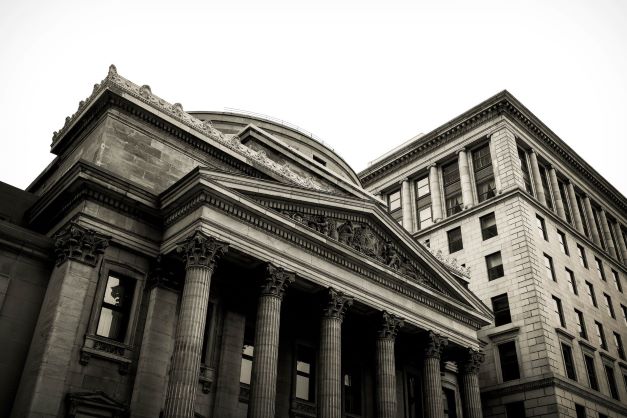The sudden demise of Silicon Valley Bank (SVB) late last week has flooded news headlines as depositors and investors across the country try to decipher what went wrong and whether they might be exposed to any risks with their own bank assets or investments. The news articles on SVB have typically pointed to a number of unique circumstances that contributed to SVB’s downfall along with other factors that apply generally across the banking industry. For example, SVB’s clientele and their related cash needs were unusual, but some of the issues it faced due to rising interest rates are more widespread. SVB’s clients included many growth-oriented technology start-ups that deposited large sums of cash in a relatively short timeframe during the pandemic. Without a corresponding demand for loans from its client base, SVB chose to use the cash to purchase longer term bonds in the form of mortgage-backed securities and US Treasuries. The rapid rise of interest rates over the past year decreased the value of these bonds, which left SVB exposed. Recently, the cashflow situation has reversed with SVB’s clients becoming net withdrawers of cash. SVB was forced to sell some bonds at a loss to meet withdrawal demands.

As you have likely read, this spooked investors and depositors, who then questioned the financial stability of SVB and began to pull more money out of the bank. This led to a run on the bank with depositors pulling out $42 billion last Thursday alone. The Federal Deposit Insurance Corporation (FDIC) stepped in and took over control of SVB last Friday.
So, what happened to the depositors who entrusted their savings to SVB? In short, besides a few days of serious anxiety, SVB depositors did not face any significant consequences. At the onset of the crisis last Friday, it appeared that deposits above the $250k FDIC insurance limit might not be returned dollar-for-dollar. (The FDIC, after selling the bank’s assets, would return to depositors some fraction of their balances above the insured limit.) However, by Sunday, the Federal Reserve, Treasury Department, and FDIC issued a joint statement that they secured additional funding to pay back in full all deposits at SVB, both insured and uninsured.
Is your bank facing the same issues as SVB? Probably not. While rising interest rates are likely to reduce deposits at retail banks as depositors look for higher yield in other relatively safe options, most banks have a higher proportion of interest-related income (from loans) relative to their deposits, have not necessarily made the same bets on investing in longer-term bonds, and do not have a client base concentrated in an industry that experienced such a dramatic boom and bust over the past several years.
If your bank does face similar issues, will you get burned? Probably not. Whether or not the federal government would step in with “additional funding” to cover uninsured deposits in the case of another bank run, very few individuals have bank deposits that exceed the limits of FDIC insurance. FDIC insurance protects a variety of deposit products at all FDIC-insured banks, to include checking accounts, savings accounts, money market deposit accounts, and CDs. The $250k of FDIC insurance applies per depositor, per bank, per ownership category, meaning that if two depositors have a joint savings account, they have $500k of coverage. If one depositor has a savings account at two different FDIC-insured banks, again, that represents $500k of coverage. In the case of living trusts or payable-on-death bank accounts, which have named beneficiaries, the $250k coverage applies per beneficiary (rather than per depositor), so the overall coverage level could be even higher. Up to five beneficiaries can be covered, so the maximum FDIC insurance for one of those accounts is actually $1.25 million.
If you continue to have concerns about the ramifications of the SVB collapse and other issues in the banking industry this past week, please do not hesitate to reach out to us. We would be happy to talk through it with you. Also, if you are in the rare position of having bank deposits that exceed the limits of FDIC insurance, please call or email so we can strategize how best to stay within those limits going forward. That way, regardless of whether bank managers take unnecessary risks with their balance sheet or the government takes extraordinary measures to make depositors whole in spite of that, you can rest assured that your bank deposits are protected within the limits of FDIC insurance.
If you have any questions about your financial future, we're here to help. Please use this form or feel free to call or e-mail us.
(703) 385-0870

